The supernatural world has enraptured humanity for centuries through mythical creatures, tales of the afterlife, and pantheons of gods. Among some of the most popular and longstanding myths are those of demonic creatures, entities of evil that exist to oppose the good forces of the universe.
Abrahamic religions (Christianity, Judaism, and Islam) share many connected stories and texts. However, some are not canonical for every religion.
But both canon and non-canon texts have explored the history and characteristics of demons and the organizational structure of Hell, or of equivalent beings that usher evil into the world.
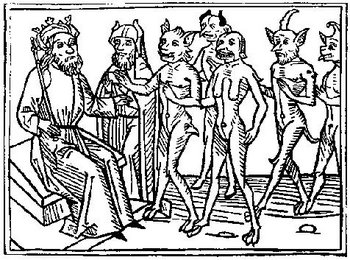
Sources of Demonic Lore
Descriptions of demons have been written for centuries and cover all facets of their existence: their myriad appearances and the variety of abilities they have. Also, how to summon them, and how they oppose the order of the universe.
Texts that document the details of the demonic hierarchy include the Pseudomonarchia Daemonum and The Lesser Key of Soloman. Although, there are hundreds more that outline demonic lore.
One of the earliest and most famous was written by occultist Heinrich Cornelius Agrippa. He created a system of scaling rulership, with Lucifer as the supreme leader and a growing cascade of demons below him fanning out.
Many of these texts explicitly leave out certain details for demonic ceremonies. This is purposeful and is meant to hinder those who would attempt to summon the demons.
Hundreds of demons are recorded in texts from across the centuries. Each has many names and appears in various stories, with different features, abilities, and names.
Without a central canonical text, the titles and positions of the demons change based on the contextual lore. Different systems of belief place these kings in a different order or place them in a lower position of power.
Some beliefs ascribe different demons to specific sins that they are responsible for inciting in men. Others assert that different demons rule over hell like Lucifer or Be’elzebub, or that there is a council of rulers.
Across various grimoires and demonologies written over the centuries, there are over eighty-nine kings of Hell who rule in various capacities. Let alone the scores of other demons who are notable enough to have been written about.
Famous Texts That Address Demon Lore
The Pseudomonarchia Daemonum, or The False Monarchy of Demons, is an early text that documents the characteristics of a long list of demons. A similar but later text, which draws heavily on the Pseudomonarchia Daemonun and elaborates on many aspects of it, is The Lesser Key of Soloman.
This grimoire, or a mystical text regarding magical or supernatural lore, is divided into multiple books. The first of these books, the Ars Goetia, is the most well-known aspect of The Lesser Key. It documents a list of seventy-two demons: their abilities, their image, and how to summon them.
The text is based on the Testament of Soloman, a non-canonical collection of text dictating the tales of King Soloman. he supposedly captured the demons and locked them away with a ring.
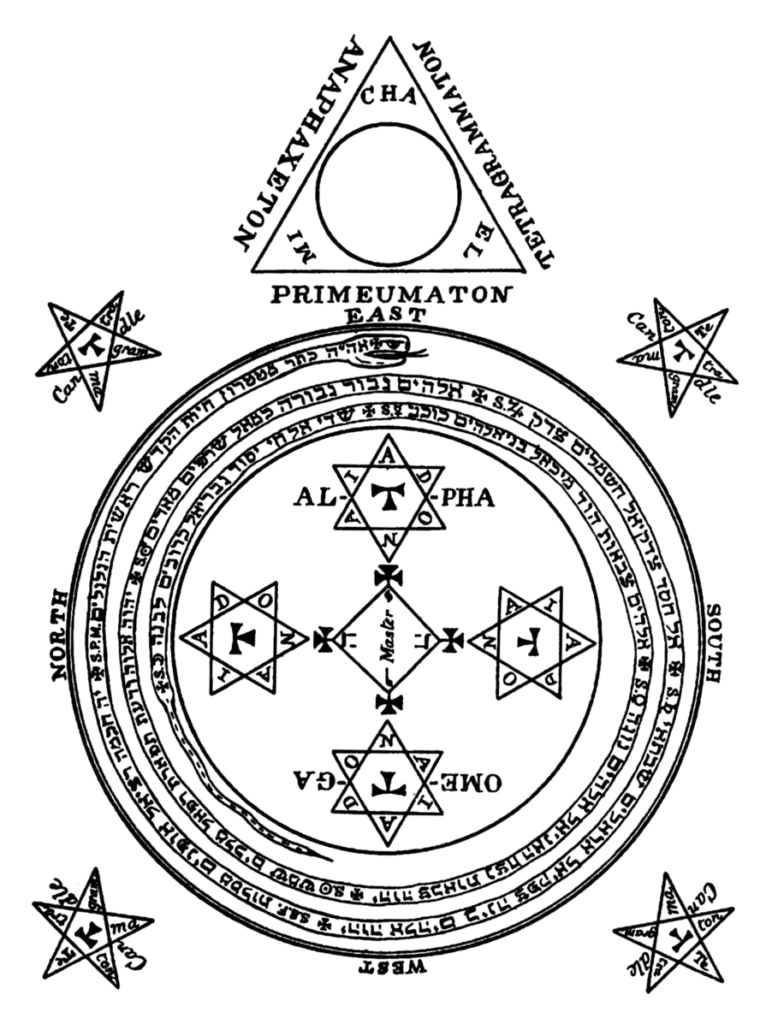
It lays out the hierarchy of demons in Hell, including kings, dukes, princes, marquis, counts, and presidents. It is one of the most comprehensive sources of demonic knowledge that exists.
Of the seventy-two demons outlined between these two texts, there were nine kings of Hell. In other texts, there are more kings and various princes or other rulers that hold sway over the demons of Hell, but these nine kings are the most powerful demons in the most recognized text of demonology.
These kings hold immense power and rule over other demonic hoards. When summoned, each demon king can offer immense power, wealth, or knowledge to the summoner if the ceremony is performed correctly.
According to lore, King Solomon did just that and then documented the practice before locking away the demons.
1. Bael: The First King of Hell
Bael (sometimes Baal or Ba’al) is the first spirit mentioned in both the Ars Goetia and the Pseudomonarchia Daemonum. He is described with a hoarse voice and the knowledge to turn men invisible.
Some sources also attribute him with abilities of science and love. His physical form is confusing. He is described as having the head of a man in some texts, but also as having the heads of a cat and a toad, among other less common shapes.
As many demons are associated with cardinal directions, Baal lives in an estate in the east of Hell. He commands sixty-six legions of demons.
It is possible that Baal’s characteristics were influenced by the Canaanite god Baal. He is likely related to if not the same entity as Baal or Baalzebub, who is one of the Seven Princes of Hell from an earlier classification of demons.
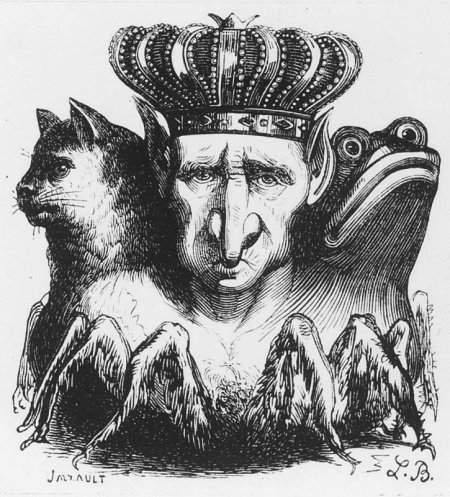
2. Paimon: The King of the West
Paimon is the king of the west of Hell and also leads sixty-six legions. He also is described as having a hoarse voice and is said to communicate in his native language until the person who summoned him bids him to speak in their language, after which he will communicate with them so they can understand.
Upon summoning Paimon, it is written he would arrive on the back of a camel with a parade of demons shaped like men proceeding him. The broadest descriptions of Paimon classify him as a teacher, able to assist others in gaining knowledge.
In some texts, he is even omniscient, able to answer any question asked of him truthfully, even if the answer is a secret.
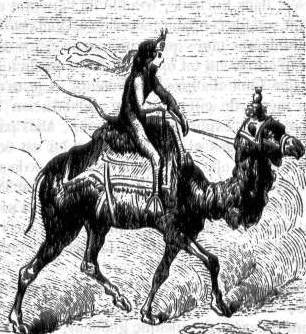
3. Beleth: The Cat King
Less is known of the third king, Beleth (sometimes Byleth) who has the image of a terrifying cat. He is said to have eighty legions of demons under his control, strikingly more than the first two kings.
Similar to Paimon, music precedes him when he is summoned. He arrives riding on the back of a pale horse. Strict directions are given for summoning Beleth to ensure he does the summoner’s bidding.
Some texts claim the summoner must maintain their bravery in the face of Beleth’s intentionally terrifying appearance. You must draw a triangle from south to east to upwards using a hazel wand before commanding Beleth to do their bidding.
The Psuedomonarchia Demonum claims that the son of biblical Noah was the first to summon Beleth, calling on him after the flood to write a book of mathematics.

4. Purson: The Familiar King
Purson, the fourth king, is depicted as a man with the head of a lion, riding a large bear instead of a horse. He commands twenty-two legions of demons.
He carries a viper in one hand, and a trumpet in the other. He has a crowd of trumpeting demons who announce his arrival. It is also believed that Purson will trumpet the arrival of the Antichrist during Revelations.
Like Paimon, Purson is said to know of hidden things and can tell the past, present, and future. He answers every question a summoner may have.
He is also known to produce familiars. Familiars are creatures whose purpose is to help magicians and witches with their craft and can take on myriad forms. They are summoned for a specific purpose before being dismissed.
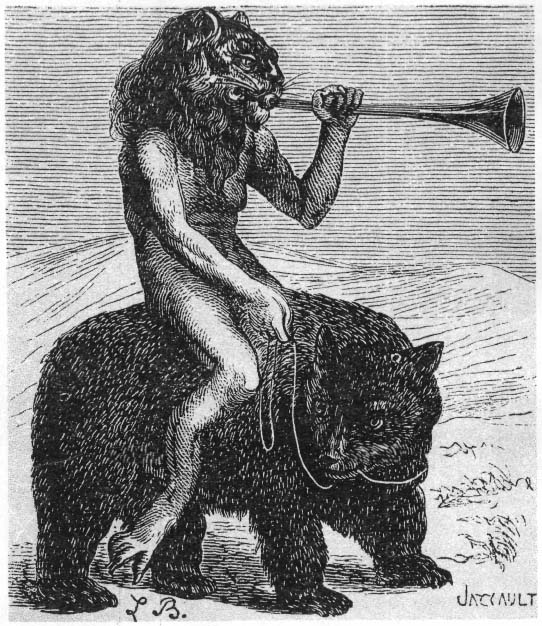
5. Asmodeus: The Demon King That Built the Temple of Soloman
Asmodeus is a demon present in many different theologies, specifically across Abrahamic religions. His image is that of a three-headed creature: one head is a bull, one head is a man, and one is a goat.
He also has the tail of a serpent and breathes fire, similar to the dragon that he rides upon while leading seventy-two legions of demons. Sometimes he is a prince of demons, and other times he is the king of demons and daemons, which are lesser demons.
In the most famous story of Asmodeus, King Soloman summons the demon king to assist in building the Temple of Soloman, located in Jerusalem. Asmodeus then predicts that Soloman’s kingdom will soon be divided.
In other texts, Asmodeus is also defined as the demon of lust, married to Lilith who was Adam’s first wife in the Garden of Eden who was cast out for not abiding by God’s laws.
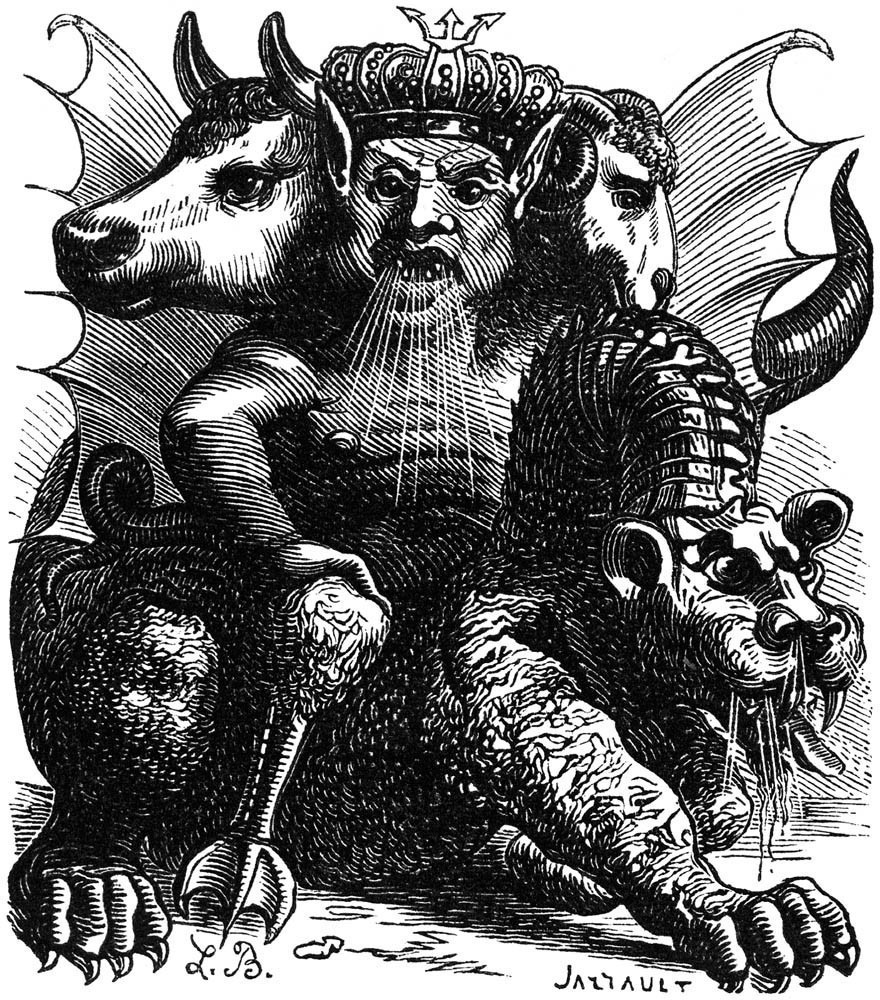
6. Vine: The Builder and Destroyer
Vine is the sixth king mentioned in the Ars Goetia. He is similar to Purson in appearance.
He is described as a lion riding a black horse and carrying a viper in his hand. He has thirty-six legions of demons under his command.
Like many of the other demons, Vine is able to assist with sorcery and answer questions about all events throughout time but uniquely has the ability to build towers and destroy walls. The etymology of the name is derived from a medieval tool used to destroy walls during an invasion.
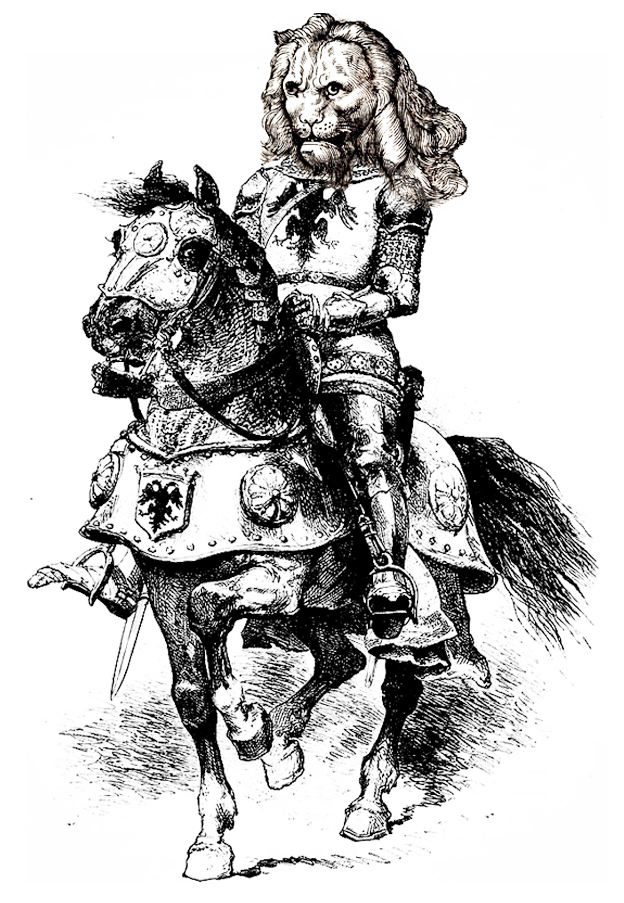
7. Balam: The Three-Headed Manipulator
Balam commands forty legions of demons. He is also omniscient in answering questions, unveiling the answer to any question a summoner may have.
Similar to Baal, Balam has the ability to make people invisible, although he also has the unique ability to make men witty.
Also similar to Baal, Balam is described as having three heads. One head is a bull, one is a ram, and one is human, as well as having flaming eyes and the tail of a snake. He rides a bear, like Purson, but carries a hawk in his hand instead of a serpent.
Scholars believe that his name is derived from Balaam, who in the Bible is a prophet and manipulator who led the Israelites into worshiping a false idol.
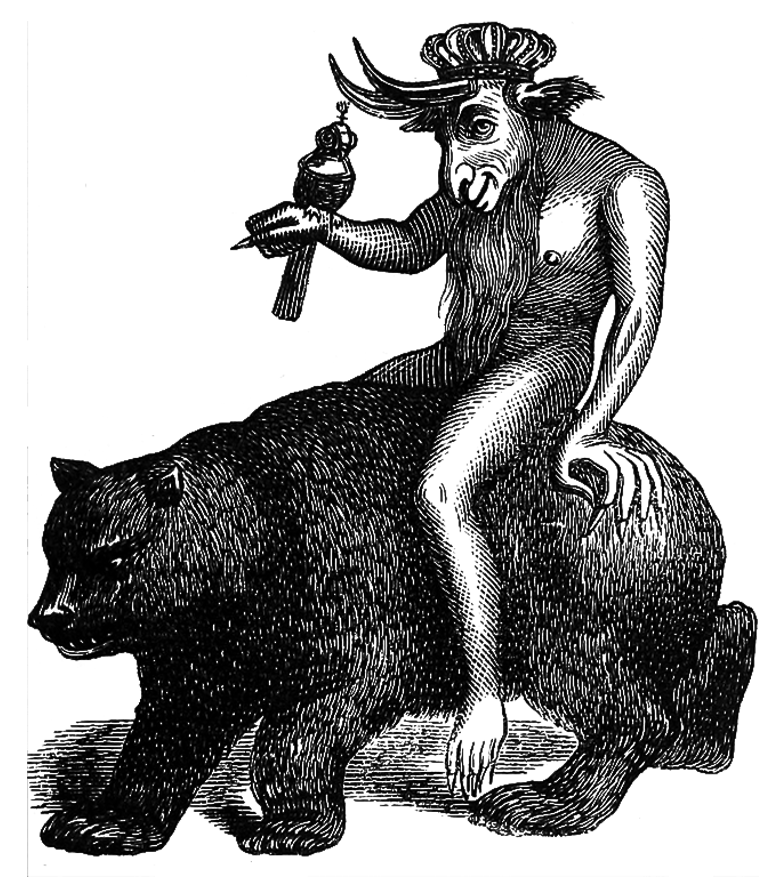
8. Zagan: The Transmogrifier
Zagan is the eighth king of Hell, but also a President. He commands thirty-three legions and physically is a griffin-winged bull, although he can also take the form of a man.
Along with the ability to make men more intelligent, answering questions they have like other demons but also improving their natural wisdom. Alongside this, Zagan can also convert water into wine, wine into water, and blood into wine, although some texts trade out the use of water and blood for oil.
He also has transmogrification powers, with the ability to turn any metal into a coin made with that metal. This kind of transformation can easily make a man wealthy if they summoned Zagan.
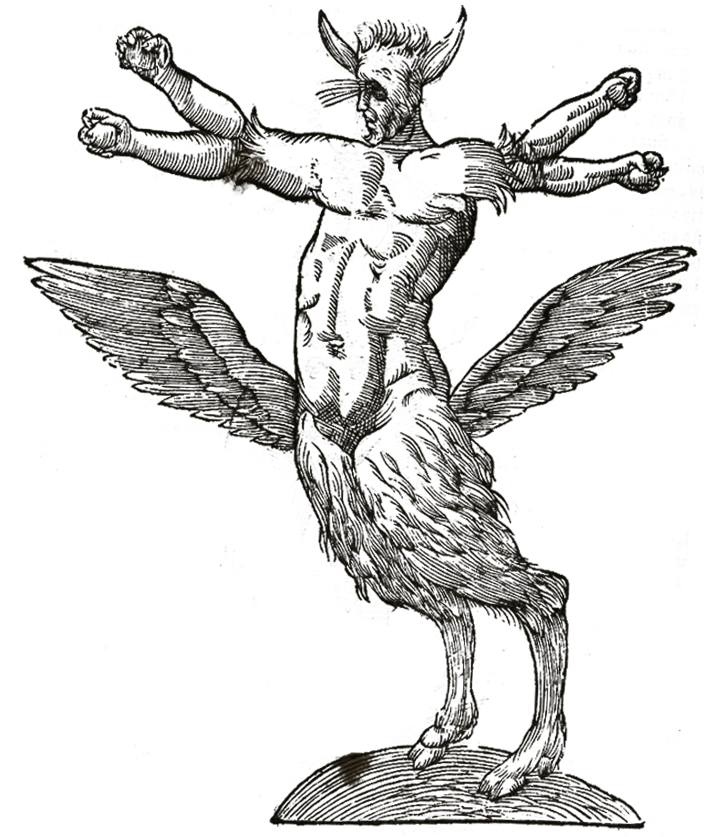
9. Belial: The Most Infamous Demon King
Belial, the final king of Hell, also has a broad legacy in Abrahamic religions. Belial is mentioned nearly thirty times in the Old Testament and Masoretic Text as an embodiment of worthlessness or wickedness.
Etymologists believe the name is derived from the Hebrew words beli which means “without” and ya’al which means “to be of value.” The term “son of Belial” is used throughout the Old Testament to demarcate someone who is morally bankrupt or who has committed heinous acts, the lowest of the low.
Belial himself is described in further detail in the Second Temple period texts. He is accepted in the Jewish faith as canon but not in the Christian faith.
The Dead Sea Scrolls outline Belial as the direct opposition of God. He bypasses even Lucifer as a source of evil, despite other texts claiming Belial was created second to Lucifer.
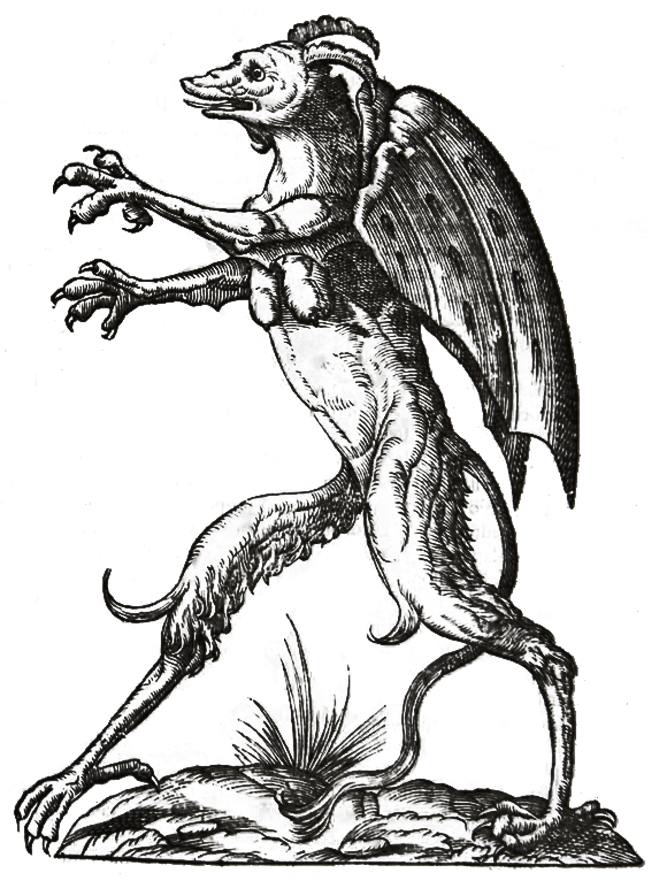
As the list above demonstrates, demons share several skills, such as answering summoners’ questions about events past, present, and future. They also share several characteristics, such as riding various creatures and having bodies that are amalgamations of animals.
But since sources vary and none of the grimoires are canonical texts, the details of each demon are fluid and can be construed in different ways. Regardless of belief system though, it is clear that these kings of hell hold immense power and influence.
Many exist across theologies and are mentioned in multiple stories, truly capturing the fears and desires of mankind throughout the ages.
References
Green, Joseph. “(In Pics) The Nine Kings of Hell.” Historic Mysteries, August 25, 2023. https://www.historicmysteries.com/kings-of-hell/.
Peterson, Joseph H. “Lemegeton Clavicula Salomonis Rex: The little Key of Salomon the King Part 1: Of the Arte Goetia.” Esoteric Archives, October 8, 2023. http://www.esotericarchives.com/solomon/goetia.htm.

